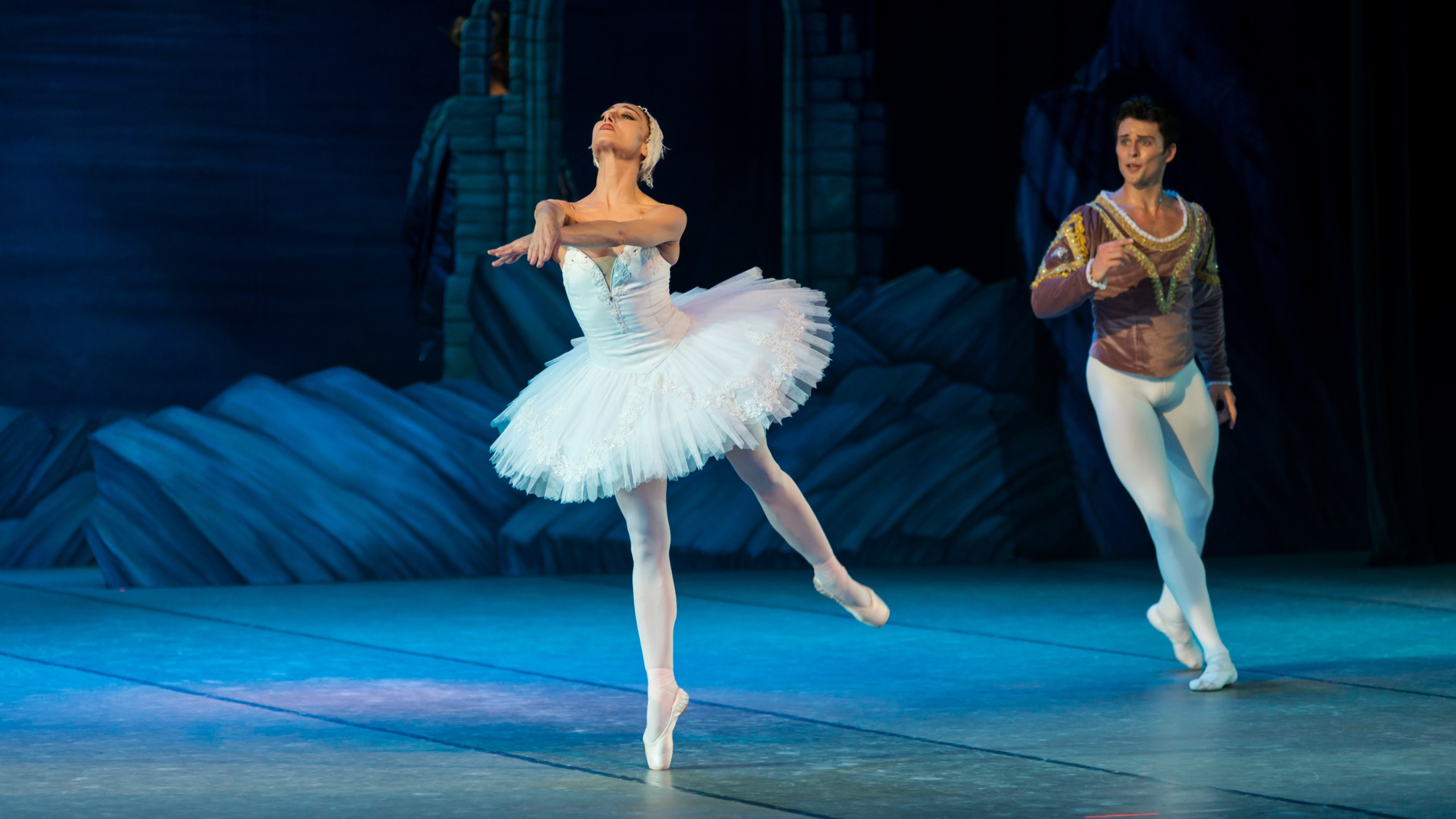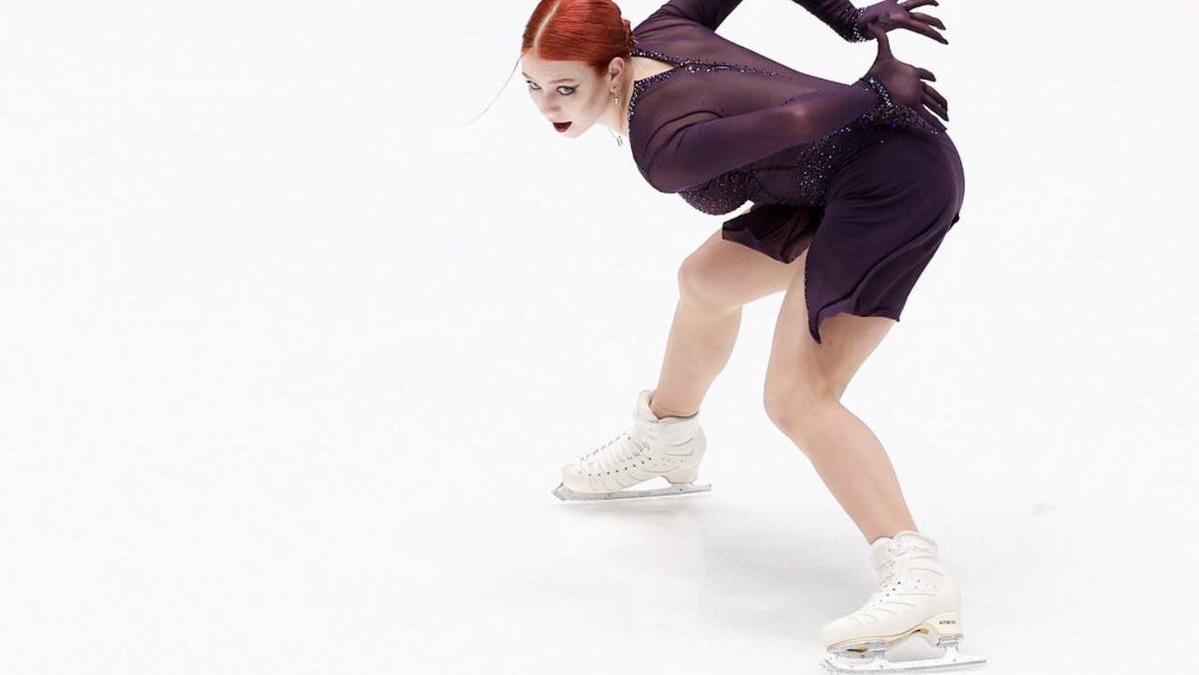January 15, 2025
Alexandra Trusova Expecting a Child
April 09, 2025

Ballet is more than a display of technique—it’s a language of movement, where every gesture, leap, and pause weaves a narrative without words. From the tragic romance of Swan Lake to the whimsical charm of The Nutcracker, ballet transforms stories into living art, captivating audiences through the eloquence of the body. For dancers, mastering this craft means blending physical precision with emotional depth. Here’s how ballet tells tales through motion and why it remains a timeless storytelling medium.
In ballet, the dancer’s body is the storyteller. “Every step is a sentence,” says Natalia Osipova, principal dancer with the Royal Ballet. A simple arabesque can convey longing, a sharp jeté might signal defiance, and a soft port de bras could whisper grief. Unlike theater’s spoken dialogue, ballet relies on physicality—posture, facial expression, and dynamics—to speak. In Giselle, the heroine’s wilting collapse in Act I isn’t just a fall; it’s her heart breaking, etched in every trembling limb.
This silent narration taps into universal human instincts. A 2021 Psychology of Aesthetics, Creativity, and the Arts study found that viewers interpret emotional intent from movement alone with 85% accuracy, no words needed. Ballet’s vocabulary—codified in steps like pirouettes or pas de deux—becomes a grammar of feeling, understood across cultures and time.
Music is ballet’s co-author, setting the rhythm and mood of the tale. “The score guides the story’s heartbeat,” says choreographer Alexei Ratmansky. Tchaikovsky’s mournful strings in Swan Lake underscore Odette’s captivity, cueing slow, fluid arms that ripple like wings. In contrast, Prokofiev’s brassy Cinderella score sparks quick, playful jumps for the stepsisters’ antics. The dancer’s task? Match every note with motion, amplifying the narrative.
Science reveals why this works. A 2020 Neuroscience Letters study showed that synchronized movement to music boosts emotional resonance in spectators by 20%, as the brain’s mirror neurons fire, mimicking the dancer’s intent. When Osipova’s Odile dazzles with 32 fouettés to a triumphant swell in Swan Lake, the audience doesn’t just see power—they feel it.
Choreography is the script, plotting the story’s arc through space and time. “It’s about where you go and why,” says George Balanchine, whose narrative-free works like Serenade still tell of unity and loss through formation shifts. In story ballets, every sequence has purpose: Romeo and Juliet’s balcony pas de deux lifts Juliet skyward, her soaring lines echoing young love, while the final tomb scene drags steps low, heavy with despair.
This structure isn’t random. A 2019 Journal of Dance Research analysis found that choreographed patterns—like circular corps de ballet formations or linear duets—enhance narrative clarity by 15%, guiding the eye to key moments. In The Sleeping Beauty, the Lilac Fairy’s attendants weave a protective circle, their synchronized steps a visual spell of safety.
Ballet’s technical rigor—pointe work, turns, jumps— isn’t just athleticism; it’s emotion made visible. “Control lets you release,” says Misty Copeland of American Ballet Theatre. A perfectly held attitude in Giselle shows resilience; a faltering pirouette in La Bayadère mirrors heartbreak. The dancer must marry precision with vulnerability—too stiff, and the story flattens; too loose, and it blurs.
This fusion engages the brain. A 2022 Frontiers in Human Neuroscience study found that watching technically complex movements paired with emotional intent activates the brain’s reward system 25% more than static scenes, pulling viewers deeper into the tale. When Copeland’s Giselle floats through a grand jeté, it’s not just a jump—it’s her spirit unbound.
Ballet’s storytelling thrives on imagination—yours. “We give you the outline; you fill the colors,” Ratmansky says. Unlike a novel’s explicit detail, ballet leaves room for interpretation. Does Odette forgive Siegfried in Swan Lake’s tragic end? Her final leap—open to hope or surrender—lets you decide. A 2020 Psychology Today survey found that 70% of ballet-goers value this ambiguity, crafting personal meaning from movement.
Ballet’s storytelling adapts with time. Classical works like La Sylphide lean on mime—hand signals for “mother” or “love”—while modern pieces, like Wayne McGregor’s Chroma, strip plots to raw emotion, using jagged lines and pulsing scores. “The body can say what words can’t,” McGregor notes. Both styles prove ballet’s range: literal or abstract, the story lives in motion.
A 2021 Dance Chronicle study showed that contemporary ballets with minimal narrative still evoke 80% as much emotional response as classics, suggesting movement’s power transcends plot. Whether it’s Clara’s joy in The Nutcracker or a stark solo in Infra, the tale resonates.
To tell stories through ballet:
Ballet’s art of storytelling through movement is a dialogue—body to music, dancer to viewer, motion to meaning. It’s physics meeting poetry: every plié a plot point, every leap a climax. Science confirms its pull—emotion, rhythm, and technique fuse to captivate the brain and heart. For dancers, it’s a craft of sweat and soul; for us, it’s a tale told in silence, as timeless as the steps themselves. Next time the curtain rises, watch closely—the story’s in every sway.
By Vitalina Andrushchenko, Staff Writer

January 15, 2025
Alexandra Trusova Expecting a Child

April 05, 2025
Alexandra Trusova and Makar Ignatov Reveal the Gender of Their Future Child

December 26, 2024
2025 World Junior Championship Schedule